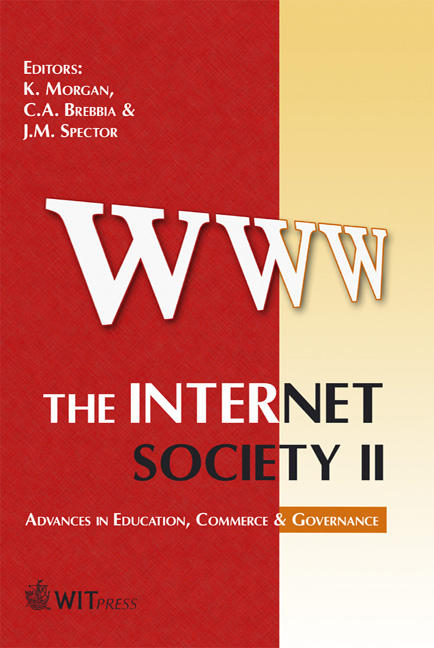E-governance In Revenue Collection And Administration
Price
Free (open access)
Volume
36
Pages
10
Published
2006
Size
332 kb
Paper DOI
10.2495/IS060261
Copyright
WIT Press
Author(s)
T. M. Nisar
Abstract
E-government is about the use of information communication technologies (ICTs) to offer better public service at a lower cost. However, there is a trade-off to be made between implementing e-government with ICTs and the public ability to reach and access electronic information. Access to all official information and service offerings of a public agency is generally of e-government’s primary focus. This paper presents the findings of a research into the issues regarding the role of e-governance in tax administration especially incorporating ICTs technologies. Recent trends in public taxation stress the need of developing a system of tax assessment and collection that involves internet services. Using a case study of the UK government department of HM Revenue and Customs, the paper examines the use of internet service for self-assessment, payment by internet and Pay As You Earn service for employers. The findings suggest that substantial progress has been made over recent years in developing an effective system of e-taxation by the UK government. The paper also identifies further requirements of the use of ICTs in e-taxation and potentials for future direction and initiatives. Keywords: e-government, ICTs, revenue administration, automation, partnerships. 1 Introduction Common goals associated with the practice of e-government are often defined in terms of the use of information and communication technologies (ICTs) and how they can potentially improve public service operations. The fact that ICTs now account for rapid improvements in general service delivery, within the context of public sector performance, they are also increasingly being seen as a panacea to a
Keywords
e-government, ICTs, revenue administration, automation, partnerships.





